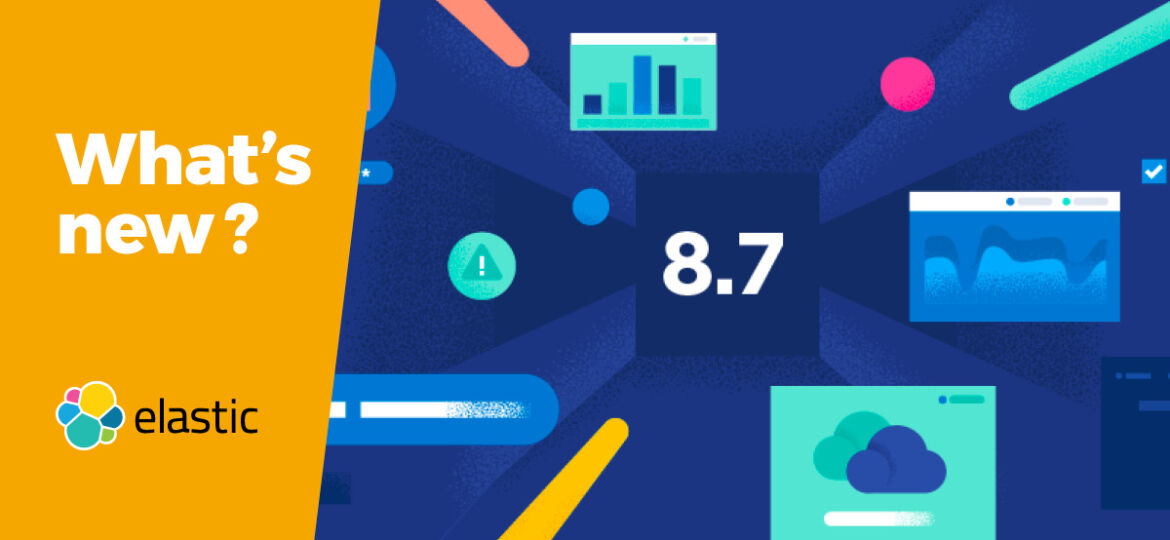
highlights of Elastic 8.7
New Health API
Elasticsearch introduces a new Health API designed to report the health of the cluster. The new API provides both a high-level overview of the cluster health, and a very detailed report that can include a precise diagnosis and a resolution.
TIME SERIES DATA STREAM (TSDS)
This is a feature to optimize Elasticsearch indices for time series data. It involves sorting the indices to achieve better compression and using synthetic _source to reduce index size. As a result, TSDS indices are significantly smaller than non-time_series indices that contain the same data.
TSDS is particularly useful for managing high-volume time series data.
Downsampling
The downsampling feature will reduce the number of stored documents in Elasticsearch time-series indices, resulting in smaller indices and improved query latency. The optimization is achieved by pre-aggregating time-series indices, using the time_series index schema to identify the time series. Downsampling is configured as an action in ILM, which makes it a useful tool for managing large volumes of time series data in Elasticsearch.
Beta of the all-new Synthetic Monitoring app
This innovative app offers an enhanced user experience, with improved visualization and easy-to-use features helping users monitor their web applications’ performance and availability.
Security
New integrations are added and the integration page has an improved search functionality and categorization. With the new version, it’s also possible to use RBAC for response actions.
NLP
In Elastic 8.7, the NLP capabilities of the Elastic product became generally available. Deploy and manage your trained NLP models to perform tasks, such as text classification (including zero-shot), question answering, named entity recognition, and more.
(source and more details in Elastic Blog post: Modernize cloud security, increase observability coverage, and more with Elastic 8.7 | Elastic Blog)
